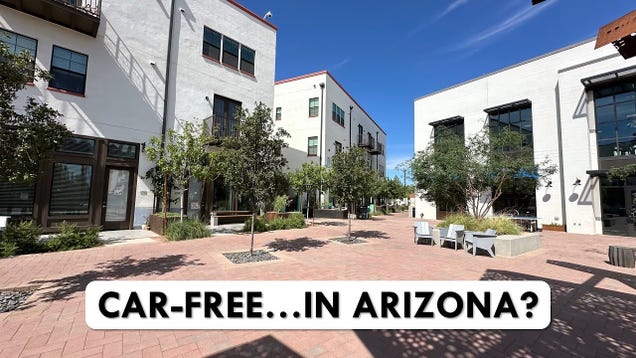
The Appeal of Walkable Communities: Why Expensive Apartments are Often Found in Walkable Areas
Contrary to popular belief, living in a compact space surrounded by other people is not as undesirable as it may seem. In fact, some of the most expensive apartments in your city are often located in the most walkable areas. While walkable communities do not necessarily have to be costly, the high demand for such areas in the United States often drives up the prices.
The Growing Demand for Walkable Communities
Walkable communities have become increasingly popular in recent years. People are drawn to the convenience and accessibility that these areas offer. The ability to walk to nearby amenities such as grocery stores, restaurants, parks, and public transportation is highly desirable for many individuals.
Additionally, walkable communities promote a healthier lifestyle by encouraging physical activity. Residents can easily incorporate walking into their daily routines, reducing the need for cars and promoting a more sustainable way of living.
The Connection Between Walkability and Expensive Apartments
One might wonder why apartments in walkable areas tend to be more expensive. The answer lies in the high demand for these locations. As more people seek the benefits of walkable communities, the limited supply of apartments in such areas drives up the prices.
Furthermore, developers often invest in creating upscale apartments in walkable areas to cater to the demand from individuals who are willing to pay a premium for the convenience and amenities offered. These apartments often feature modern designs, high-end finishes, and access to exclusive facilities such as fitness centers and rooftop gardens.
The Economic Impact of Walkable Communities
Walkable communities not only benefit residents but also have a positive impact on the local economy. The presence of thriving businesses in these areas attracts more visitors and encourages spending. This, in turn, leads to job creation and economic growth.
Moreover, walkable communities can help reduce traffic congestion and the associated costs. With fewer cars on the road, there is less need for extensive road infrastructure and parking spaces, saving both money and valuable land resources.
The Future of Walkable Communities
As the demand for walkable communities continues to rise, cities and developers are recognizing the need to prioritize the creation of such areas. Urban planning strategies are being implemented to enhance walkability, including the development of pedestrian-friendly infrastructure, mixed-use zoning, and improved public transportation systems.
By investing in walkable communities, cities can create vibrant, sustainable, and inclusive neighborhoods that cater to the needs and preferences of their residents. These communities offer a higher quality of life, promote social interaction, and contribute to a greener future.
